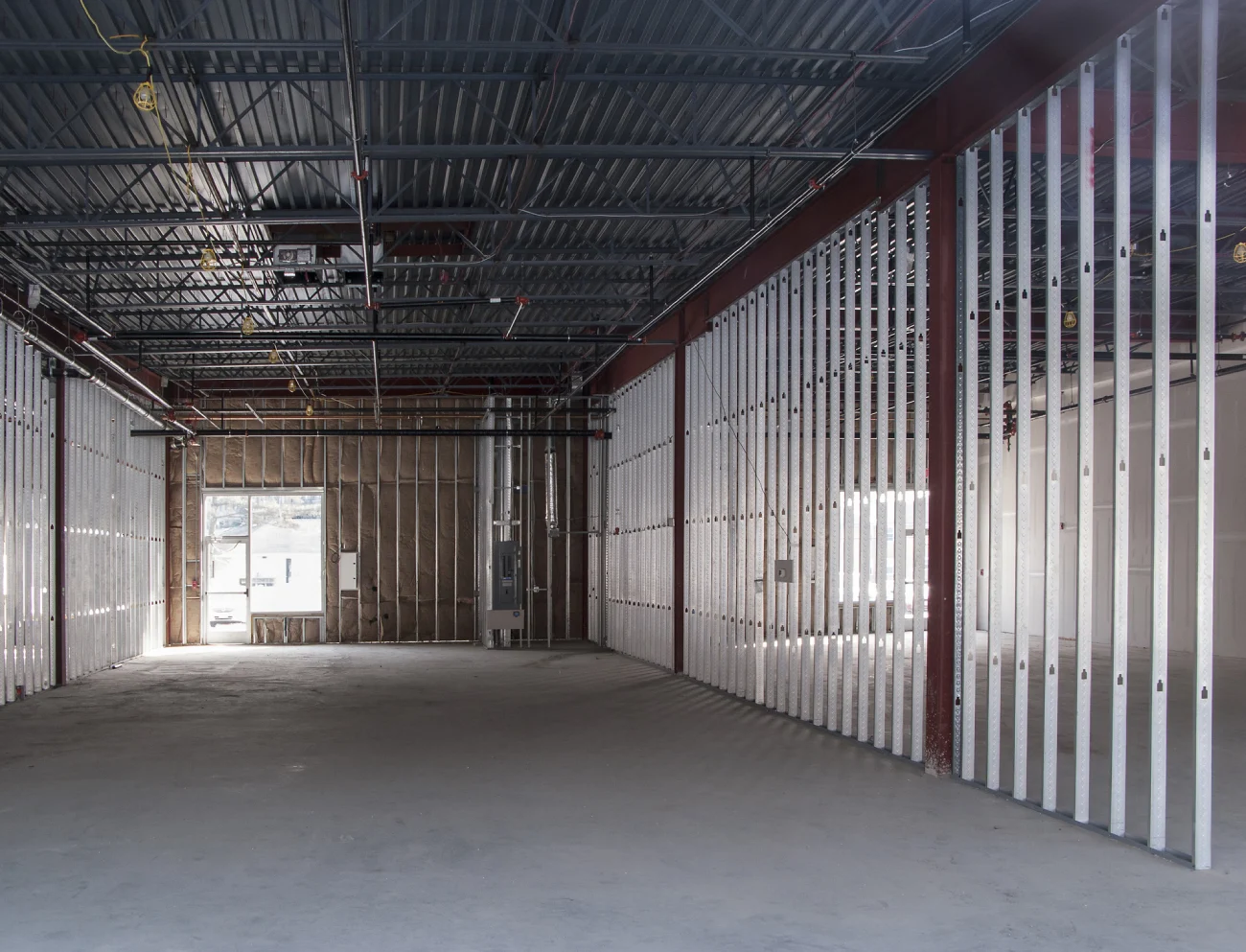When it comes to wrapping up an office, restaurant, cafe, or home renovation, the finishing details are where the magic happens. It’s the millwork, custom cabinetry, and countertops that turn a functional space into something that feels polished and personal. But here’s the kicker: when you start playing with curves instead of sticking to squared-off designs, the complexity ramps up—and so does the payoff. Having overseen a few projects where these elements were the star, I can tell you they’re worth the extra effort. Let’s dive into why these finishing touches matter and what makes curves a bit trickier to pull off.
Millwork: The Frame of Your Vision
Millwork is like the unsung hero of finishing details—think crown molding, baseboards, or custom window casings. It’s the subtle stuff that ties a room together. In one project, we installed intricate wainscoting with a gentle curve along the top edge in a conference room. It wasn’t just a straight- line affair; the curve added a softness that made the space feel less sterile. The catch? Crafting millwork with curves requires precision. A straight piece is easy to cut and fit, but a curve means the carpenter has to account for angles, transitions, and joinery that’s seamless. It’s a labor of love, and you need a skilled millworker who can handle the challenge. Benjamin Contracting sources out specialized millwork contractors to fit each and every individual project. One outfit may specialize is one type of cabinetry while another specializes in curvitures.
Custom Cabinetry: Function Meets Flair
Then there’s custom cabinetry—where practicality meets personality. Whether it’s a sleek office storage wall or a kitchen setup, cabinets are a focal point. I remember a job where we went for cabinets with rounded edges instead of the usual sharp corners. The goal was to soften the look and make the space feel more inviting. But building those curved doors and panels? It’s a whole different beast. Unlike squared-off designs that rely on simple cuts and standard hinges, curves demand custom templates, meticulous sanding, and sometimes even steam-bending the wood. The result was stunning—elegant storage that flowed with the room—but it took a craftsman who wasn’t afraid to sweat the details.
Curved Countertops: The Showstopper
And let’s talk countertops. A standard square-edged slab is straightforward: measure, cut, install, done. But when you throw in curves—like a swooping edge on a reception desk or a rounded kitchen island—it’s a statement piece that’s harder to execute. I worked on a project where we installed a quartz countertop with a dramatic curved overhang. It was gorgeous, but the fabricator had to use specialized tools to shape the material, and the installation crew had to tweak their approach to support the uneven weight distribution. Curves mean more waste material, tighter tolerances, and a lot more coordination. Still, when it was done, that countertop stole the show — proof that the extra complexity pays off in wow factor.
Why Curves Are Worth the Hassle
So why go for curves when squared-off designs are simpler? For me, it’s about breaking the mold— literally. Straight lines are predictable; curves add movement and character. But they’re not for the faint of heart. They cost more—both in time and money—because they demand skilled tradespeople who can handle the nuance. A straight countertop might take a day to install, while a curved one could stretch to three, factoring in the custom cuts and finishing. Same goes for millwork and cabinetry: the more intricate the design, the more expertise you need on deck.
Tips for Pulling It Off
Final Thoughts
Finishing details like millwork, custom cabinetry, and curved countertops are where your space goes from good to unforgettable. Sure, opting for curves over squared-off designs ups the ante—more planning, more skill, more patience—but the result is a bespoke look that feels crafted, not cookie- cutter. My advice? Embrace the challenge, hire the right pros, and watch those finishing touches transform your renovation into something truly special. After all, it’s the details that stick with you long after the dust settles.
This post highlights the artistry and complexity of these finishing details while keeping it relatable with a personal touch. Let me know if you’d like any adjustments!

